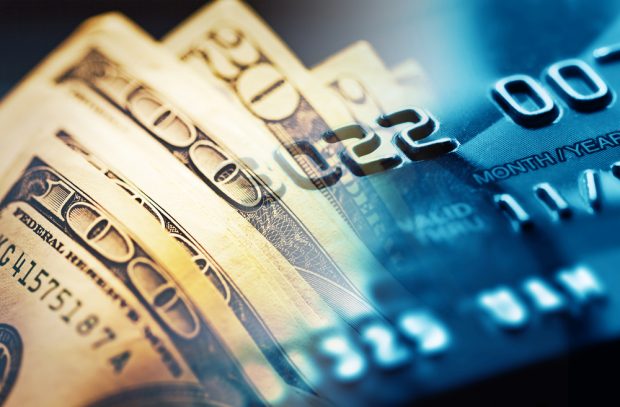 Source: Shutterstock.
Source: Shutterstock.
Households increased their debt by large amounts in the fourth quarter, but much of the gain was the result of higher prices for homes and cars, according to a study released by the N.Y. Fed on Tuesday.
The Federal Reserve Bank of New York's Quarterly Report on Household Debt and Credit showed total household debt ended 2021 at $15.58 trillion, up $333 billion or 2.2% from Sept. 30, according to the report, which is based the New York Fed's nationally representative Consumer Credit Panel.
Recommended For You
N.Y. Fed SVP and one of the researchers, Wilbert van der Klaauw, said the 12-month nominal increase was $1 trillion, and was up $1.4 trillion from the end of 2019.
"The total increase in nominal debt during 2021 was the largest we have seen since 2007," van der Klaauw said. "The aggregate balances of newly opened mortgage and auto loans sharply increased in 2021, corresponding to increases in home and car prices."
N.Y. Fed researchers said household income and savings appeared healthy overall. However, some households will be facing more payments pressure in coming months. They included households that have high levels of student debt, where payments will resume in May as the federal pandemic-era forbearance ends, and those who bought used cars at inflated prices.
Originations of mortgages and auto loans were at historically high volumes last year.
Mortgage originations were $1 trillion in the three months ending Dec. 31, contributing to a historic high in annual terms with over $4.5 trillion in mortgages originated over the course of 2021.
The volume of newly originated auto loans was $181 billion in the fourth quarter, primarily reflecting a higher origination amount per loan rather than more loans originated. The $734 billion in newly opened auto loans through the year was the largest volume in the N.Y. Fed's data, which goes back to 2004.
Credit card balances, which researchers said have followed an unusual path during the pandemic, saw a large seasonal increase in the fourth quarter but remain well below pre-pandemic levels. Researchers said balances could finally exceed pre-pandemic levels by the end of this year.
Student loan balances increased only modestly through 2021 due to lower enrollment and also due to administrative forbearance on federal student loans — the smallest annual increase seen since 2004.
Loan quality and borrower credit scores remained high.
The share of mortgage balances 90 days or more past due remained at 0.5%, a historic low. Only 1.9% of auto loan balances were 90-plus days late, matching the 18-year record last set in June 2006.
Two-thirds of mortgages originated in the fourth quarter went to borrowers with credit scores topping 760, and only 2% went to subprime borrowers with scores of 620 or less. At the peak of the housing bubble in early 2007, 15% of borrowers had subprime scores.
Only 17.1% of auto loans went to subprime borrowers in the fourth quarter, up from a 20-year low of 15.3% in 2021′s first quarter, but below the peak of 31.9% in the second quarter of 2006.
© Touchpoint Markets, All Rights Reserved. Request academic re-use from www.copyright.com. All other uses, submit a request to [email protected]. For more inforrmation visit Asset & Logo Licensing.







